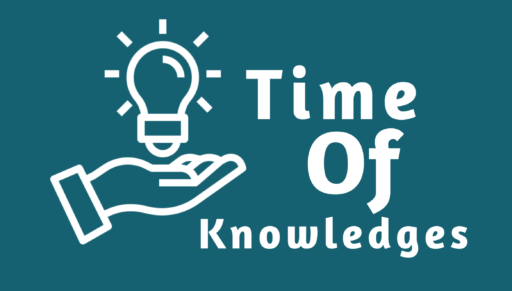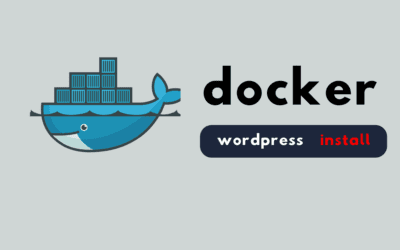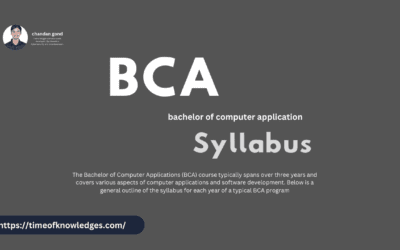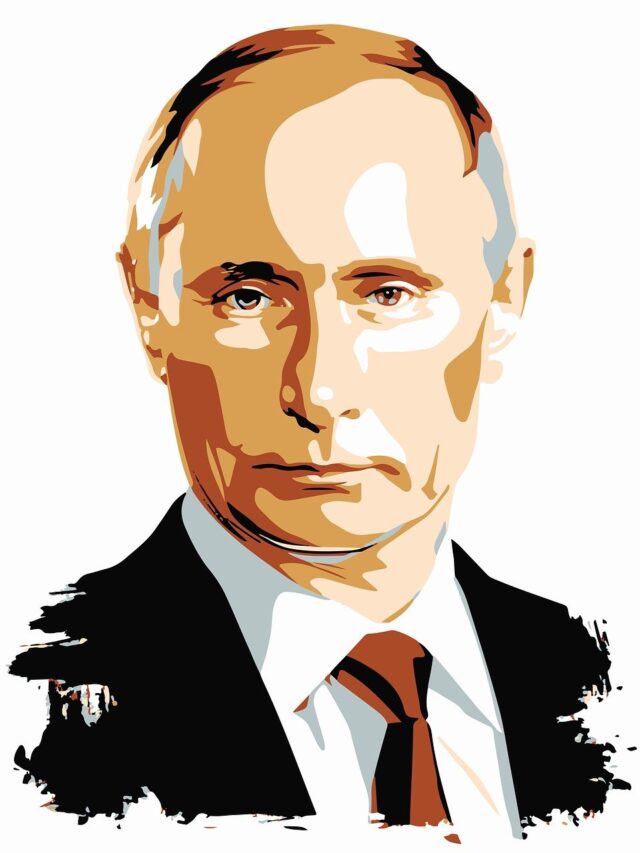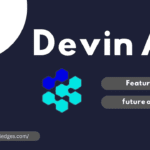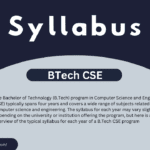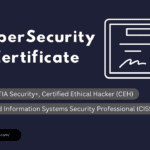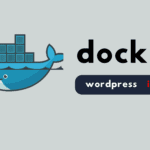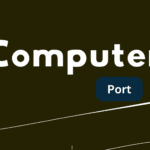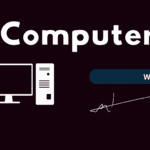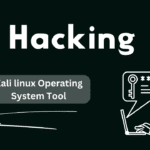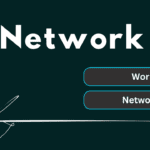python Introduction


It sounds like you’re asking for a list of chapters or topics related to Python programming. Here’s a typical list of topics covered in a Python programming course
- Introduction to Python
- What is Python?
- Why Python?
- Installing Python
- Basic Syntax and Data Types
- Variables and Data Types
- Operators
- Control Flow (if statements, loops)
- Data Structures
- Lists
- Tuples
- Dictionaries
- Sets
- Functions
- Defining Functions
- Parameters and Arguments
- Return Statements
- Lambda Functions
- Modules and Packages
- Importing Modules
- Creating and Using Packages
- File Handling
- Reading from and Writing to Files
- Working with File Objects
- Object-Oriented Programming (OOP)
- Classes and Objects
- Inheritance
- Encapsulation
- Polymorphism
- Error Handling
- Exception Handling
- Try, Except, Finally Blocks
- Advanced Topics
- Decorators
- Generators
- Iterators
- Comprehensions (List, Dictionary, Set)
- Python Libraries
- Standard Library Overview
- Introduction to popular libraries (e.g., NumPy, Pandas, Matplotlib)
- Best Practices and Tips
- Coding conventions (PEP 8)
- Good programming practices
- Advanced Applications
- Web Development (e.g., Flask, Django)
- Data Analysis and Visualization
- Machine Learning (e.g., TensorFlow, PyTorch)
This list covers a comprehensive Python course progression. Depending on the resource or course, the order and depth of these topics may vary. Each topic builds on the previous one, allowing learners to gradually develop a strong foundation in Python programming.
What is Python?
- Introduction to Python as a high-level, interpreted programming language.
- Python’s popularity, use cases, and community support.
- Comparison with other programming languages.
2. Why Python?
- Advantages of Python:
- Readability and simplicity of syntax.
- Versatility (used for web development, data analysis, machine learning, etc.).
- Extensive standard library and third-party packages.
- Strong community and support.
- Real-world applications and success stories.
3. Installing Python
- Instructions for installing Python on different operating systems (Windows, macOS, Linux).
- Using package managers like
pipto install additional packages. - Setting up a development environment (IDEs like PyCharm, VSCode, or using text editors like Sublime Text).
4. Basic Syntax and Data Types
- Variables and Data Types:
- Declaring variables (
int,float,str,bool). - Dynamic typing and variable assignment.
- Declaring variables (
Python
# Variables
name = "John"
age = 30
salary = 1500.50
is_employed = True
# Data Types
print(type(name)) # <class 'str'>
print(type(age)) # <class 'int'>
print(type(salary)) # <class 'float'>
print(type(is_employed)) # <class 'bool'>
- Operators:
- Arithmetic operators (
+,-,*,/,//,%). - Comparison operators (
<,>,==,!=). - Logical operators (
and,or,not).
- Arithmetic operators (
5. Control Flow
- Conditional Statements (
if,elif,else):- Syntax and indentation in Python.
- Using boolean expressions in conditionals.
Python
# Conditional Statements
x = 10
if x > 5:
print("x is greater than 5")
else:
print("x is less than or equal to 5")
- Loops (
forloops,whileloops):- Iterating over sequences (lists, tuples, dictionaries).
- Loop control statements (
break,continue).
Python
# Loops
for i in range(5):
print(i)
# List iteration
fruits = ["apple", "banana", "cherry"]
for fruit in fruits:
print(fruit)
6. Input and Output
- Basic Input/Output:
- Using
input()function to get user input. - Printing output using
print()function.
- Using
- Formatted Output:
- String formatting with
%operator orformat()method. - f-strings (formatted string literals).
- String formatting with
7. Functions
- Defining Functions:
- Syntax for defining functions with
defkeyword. - Parameters and default arguments.
- Syntax for defining functions with
- Return Statements:
- Returning values from functions using
return.
- Returning values from functions using
- Lambda Functions:
- Syntax and use cases for anonymous functions.
Python
# Functions
def greet(name):
print("Hello, " + name + "!")
greet("Alice")
8. Comments and Documentation
- Code Comments:
- Using
#for single-line comments. - Docstrings for documenting functions and modules (
"""...""").
- Using
9. Best Practices and Style Guides
- PEP 8 Style Guide:
- Conventions for naming variables, functions, and classes.
- Indentation and code formatting guidelines.
10. Interactive Python (REPL)
- Introduction to Python’s Read-Eval-Print Loop (REPL).
- Using Python interactively for quick testing and experimentation.
11. Debugging Basics
- Basic techniques for debugging Python code.
- Using
print()statements and debugging tools (e.g.,pdb).
12. Resources and Next Steps
- Recommended resources for further learning (books, online courses, documentation).
- Next topics to explore (data structures, advanced Python concepts).
This detailed introduction serves as the foundation for understanding Python programming concepts and sets the stage for exploring more complex topics in Python development.
